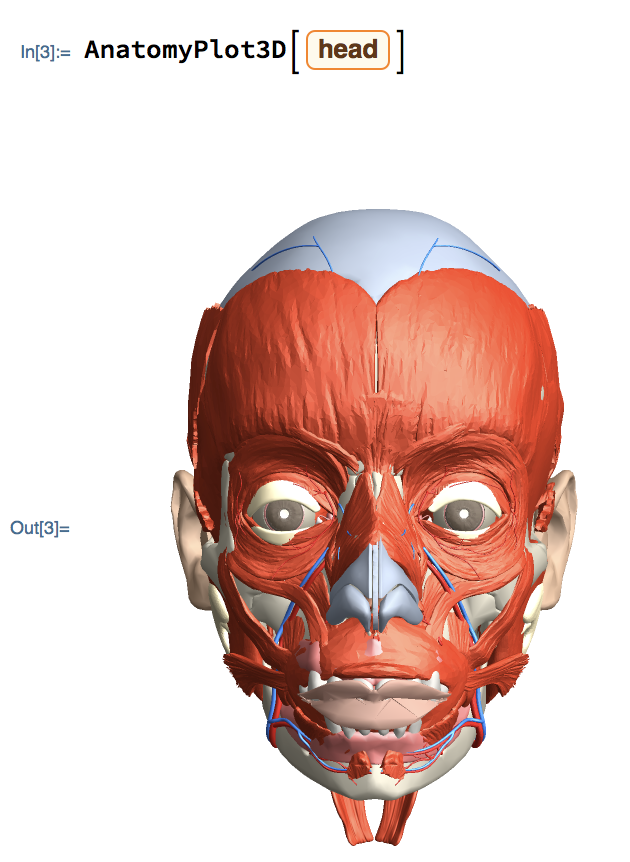You ask "At what point does the complexity of a system cross a threshold where users start adopting alternatives, not because the system doesn't offer benefits, but because the steepness of the learning curve/training costs start to get out of hand?"
Well... my answer is never. The whole point is that what you've learned is still valuable and useful, and you needn't learn the new functions unless your problem demands it.
And the newbies can create your four-line Plot in Mathematica very easily indeed... or so I certainly think.
I will grant that for extremely simple computations, a language such as Python may be simpler. But no serious programmer wants to end with just such elementary tasks.
A better question is to ask: What would it take for a newbie programmer to draw a rotatable three-dimensional graphics model of a human head? I can't imagine addressing that challenge in Python, Matlab, etc. In Mathematica, you simply type: AnatomyPlot[ CTRL = head]AnatomyPlot3D[ Ctrl=head] (control and equal sign at the same time to enter free text), as shown here:
Mathematica is smart enough to know that after AnatomyPlot3D the appropriate interpretation of (lower-case) "head" is a part of anatomy... not a word or the function Head in the Mathematica language.
Another benefit is the multiplicative value of learning. It takes two minutes to learn how to ask questions of Mathematica in natural language: CTRL Ctrl plus == (then type your question). That took you 30 seconds to learn. Now try it:
CTRL + = length of Golden Gate Bridge in inches
Bingo! 107772. in
I've used Mathematica from version 1.0, and currently spend perhaps two or three hours per day programming in it. I fully admit there are vast swaths of functionality I have never used—and likely will never use. Fine. Certainly no reason whatsoever to "jump ship."
I'm currently focusing on symbolic manipulation and am grateful indeed for the immense number of Mathematica's powerful functions in this realm. I learn lots of new things every day. And I never have to load some complex toolbox... I merely go to the documentation on the most-relevant function and search through the associated functions until I find what I need.

